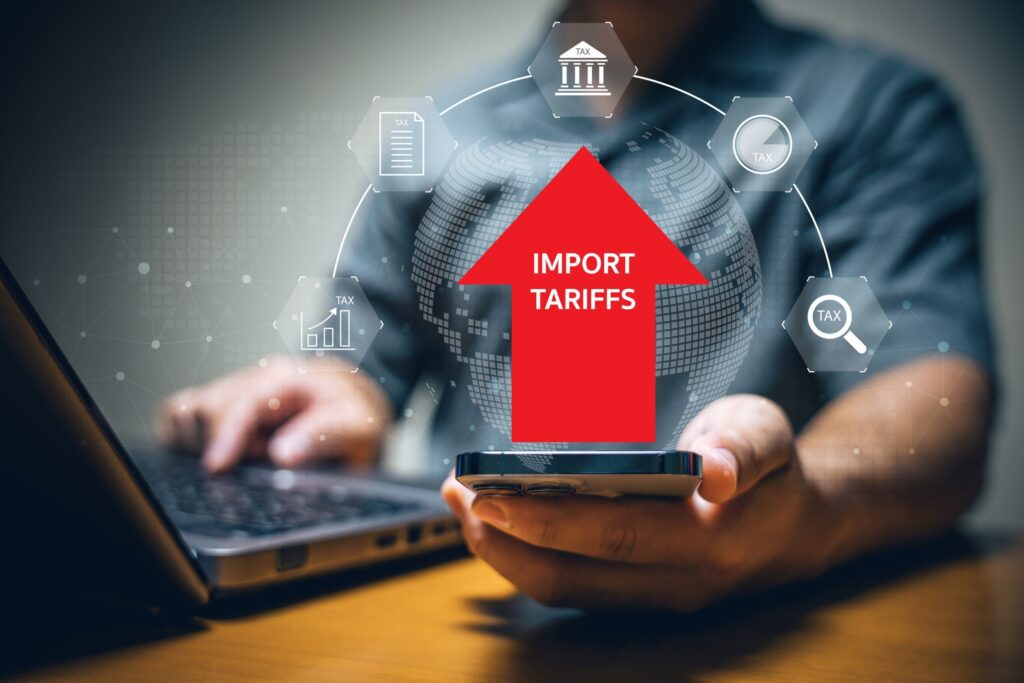Global stock markets fell sharply Friday after President Donald Trump announced steep new tariffs on exports from 69 trading partners, marking the most aggressive U.S. trade move in decades. The sweeping duties—ranging from 10% to 50%—sent countries scrambling to negotiate lower rates as the administration signaled more changes ahead.
Read also: U.S. Tariff Rates Surge to Historic Highs, Raising Concerns
Switzerland, stunned by a 39% tariff, and India, hit with 25%, both said they would seek urgent talks with Washington. Canada faces a 35% tariff on select goods, while Brazil will see a 50% rate and Taiwan 20%, which it expects to renegotiate.
The presidential order raises the U.S. effective tariff rate to around 18%, up from just 2.3% last year, according to Capital Economics. The new rates take effect August 7.
The announcement rattled Wall Street. The Dow Jones Industrial Average fell 1.23% to 43,588.58, the S&P 500 lost 1.6% to 6,238.01, and the Nasdaq Composite dropped 2.24% to 20,650.13. European stocks also fell, with the STOXX index down 1.89%.
The market slide was compounded by weaker-than-expected U.S. jobs data, which showed slowing employment growth in July. Trump responded by firing the head of the Bureau of Labor Statistics, accusing the agency—without evidence—of “rigging” the figures.
While some countries avoided the harshest penalties, the uncertainty is weighing on global trade. Southeast Asian exporters welcomed lower-than-expected rates, while Australia retained the minimum 10% tariff. But analysts warn the overall impact remains negative. “There are no real winners in trade conflicts,” said Thomas Rupf, CIO Asia at VP Bank.
The European Union, which recently reached a framework deal with the U.S., is still awaiting exemptions on key sectors such as cars and aircraft. Questions also remain over how the U.S. will enforce transshipment rules aimed at preventing goods from high-tariff nations—like China—being routed through other countries.
Higher tariffs are already pushing up U.S. prices. Commerce Department data shows home furnishings and household equipment prices rose 1.3% in June, the fastest pace since March 2022.
Trump defended his approach, saying the uncertainty has given the U.S. leverage to secure better trade terms. “The deals we’ve made in recent weeks have been nothing short of monumental,” said White House economic adviser Stephen Miran.
Canada, India, and several other nations are continuing negotiations in hopes of securing lower rates before the August deadline. But with more tariff announcements expected, markets remain on edge.

